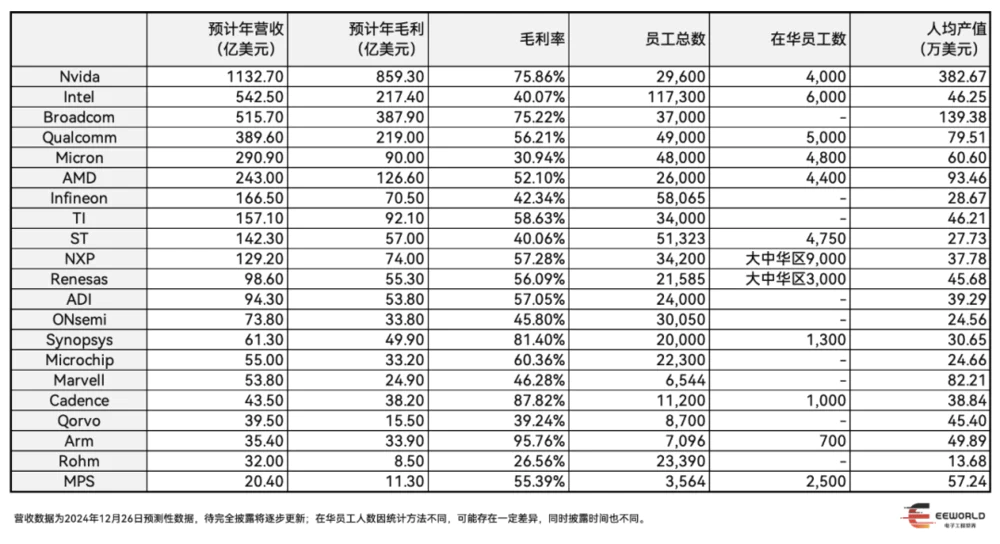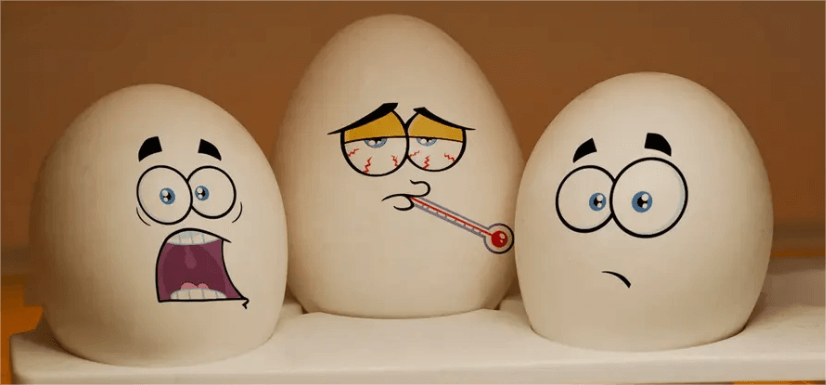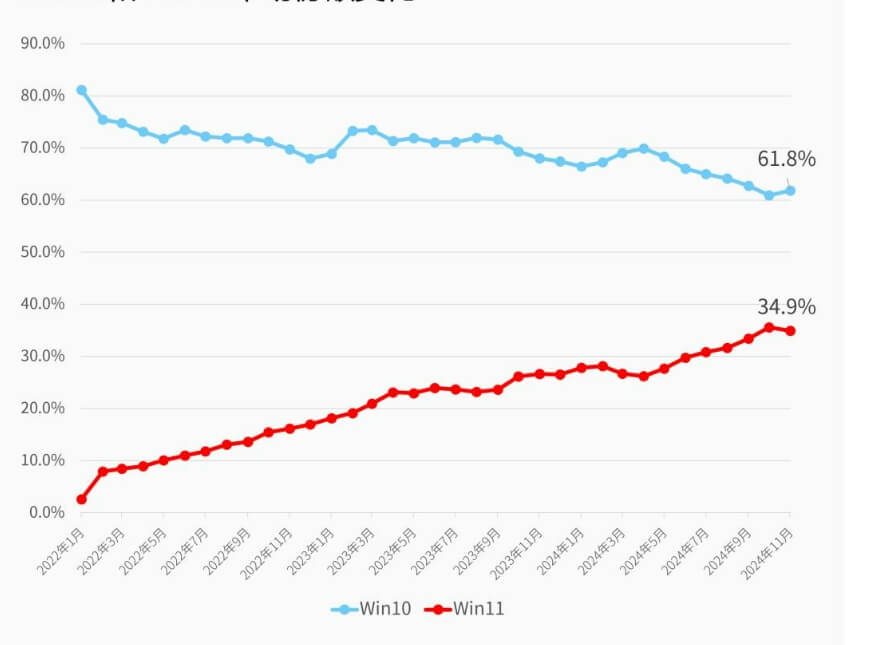With young people increasingly lacking companionship, the demand for AI pets has surged. The "companionship economy" has truly arrived in 2024, bringing with it a major cultural shift.
In 2024, the AI hardware race is crowded with two main contenders: AI education and AI companionship.
AI educational hardware is one of the most developed sectors in the AI space, with a wide range of applications already in use. The AI education market, combined with large models, has given rise to many products, such as AI learning machines, dictionary pens, and reading pens.
In contrast, AI companionship is still in the early stages of development, with companies competing to enter the field. What began with simple chatbots has evolved into various forms of AI dolls and furry, lifelike AI pets. By 2024, AI companionship has quietly become one of the most popular areas for startups.
When most people think of robotic pets, they might first imagine a metallic, tech-heavy robot dog—a four-legged machine that, although packed with powerful processing capabilities and a reliable power system, doesn’t quite resemble a "pet" in the true sense of the word.
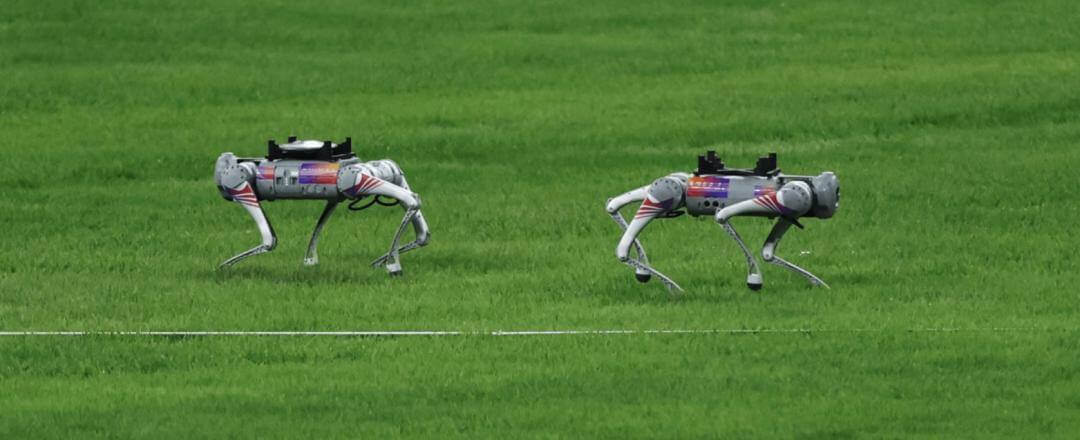
At the 2022 Hangzhou Asian Games, we saw robotic dogs like this on display.
Not long ago, Japan's electronics company Casio officially launched an AI pet called Moflin. Though it has no limbs and limited mobility, it boasts a fluffy, comforting appearance—a blend of a hamster and a rabbit. The product attracted a lot of attention before its release and sold out during pre-orders.
Every small spark of creativity can ignite a revolution. In this technology-driven transformation, an unexpected trend has emerged: for those seeking companionship, the "furry" texture seems to touch hearts more deeply than simple interactive functions, making it an essential charm of AI companionship products.
Do Bionic Pets Dream of Their Owners?
Moflin is an AI pet created by Casio in collaboration with a startup, Vanguard Industries. Its prototype was unveiled in 2021 and won the "Best Innovation" award at that year's CES (Consumer Electronics Show).
After three years of careful planning—from crowdfunding overseas to design iterations and production challenges—Casio finally launched Moflin on November 7, 2024, with a price tag of ¥59,400 (approximately 2,831 CNY).
According to official descriptions, Moflin can move, make sounds, sense memories, and exhibit a range of emotional responses. It even forms strong emotional connections over time and with frequent interaction. By remembering the owner's voice and interaction habits, it can identify its owner and respond accordingly, making interactions more vivid and personalized, simulating a real pet-owning experience.
While Moflin is AI-powered, it doesn’t directly communicate emotions through its sounds and movements. To enhance the user experience, Casio has introduced the MofLife app, allowing users to check Moflin’s emotional status and better care for their pet. Although it might not meet the expectations for an AI pet in 2024, its cuteness alone makes it easy to forgive.

Moflin | Source: Official Website
On social media platform Xiaohongshu (Little Red Book), a user named SHIYIN documented their interaction with Moflin over 20 days. Initially, Moflin was irritable and making whining sounds due to adapting to a new environment. But over time, it became more stable, cheerful, and even learned to sing and mimic human sighs.
Some users commented, "After watching the video, I felt warm inside." However, not everyone can embrace this fluffy warmth, as Moflin has been in high demand and sold out in multiple locations in Japan. Many users shared that despite checking the official website daily, it’s difficult to get their hands on one.
Moflin’s success has led many disappointed fans to turn to a domestic AI pet—Cupboo. This highly anticipated "Made-in-China" pet has also sold out due to overwhelming demand. As of the time of writing, Cupboo is still out of stock on the Hedgehog Society official store on Taobao.
"The Beginning" of Cupboo
The day after Double 11 (China’s shopping festival), the designer of Cupboo posted an article titled "The Beginning" on the official Cupboo WeChat account, recounting their personal experience.
The designer shared that their child had faced social difficulties due to developmental delays and other physiological issues, making it hard to interact with peers. To avoid the loneliness and helplessness that arose from this, they sought to create a product that would offer unconditional support and companionship, alleviating the child's pain through interactive responses. This was the inspiration behind the design of Cupboo. The team aimed to use technology to solve real-world problems.
This story is a direct reflection of the "companionship economy" trend that has been gaining momentum in recent years and is now becoming an essential part of the AI startup ecosystem.
A consumer, Yuhan, who purchased Cupboo, shared with the Hedgehog Society that when they first brought it home, Cupboo could only make sounds and nod its head. At that point, they even doubted whether it was just "a tax on IQ."
But when they touched Cupboo, they realized that it had warmth, a heartbeat, and even sneezed like a puppy. At that moment, they truly felt that it was alive.
Yuhan was delighted to discover that over time, Cupboo seemed to become more intelligent and more dependent on its owner. Its interaction style also changed—it no longer felt like a mechanical robot but instead adapted and learned.
The staff members also commented on Yuhan’s social media, saying that Cupboo is still growing and evolving, and more surprises will come with further interaction.
“Soft, adorable appearance combined with a continuously learning emotional system,” AI seems to be creating the perfect pet model for humans—one that doesn’t demand too much and doesn’t make noise. Who could have imagined that, after AI’s evolution, it would be the little cats and dogs that would be "freed" or "laid off" first? Whether that’s fortunate or unfortunate for real animals remains to be seen.
The "Super Cub" Debate
Of course, even the most perfect AI pets have their flaws in the real world. Aside from "desktop" pets like Moflin and Cupboo, which lack mobility, robotic pets that can run and jump are often met with mixed reviews and awkward situations.
Japan’s Lovot is a prime example of an emotional companion robot. With its round head and large eyes, it resembles an adorable baby. Lovot was developed by the Japanese startup groovex and was released in 2019 as a home companion robot.
Lovot's built-in chips enable it to have sensitive perception, allowing it to recognize its owner and respond to changes in its environment, much like a real pet. It can respond to gentle touches or simple conversations, and even interact with other Lovots, greeting them or playing games, simulating pet-to-pet social behaviors.
However, Lovot comes with a high price tag, costing over 70,000 CNY (including service fees), which may deter some consumers due to the steep cost.
In daily use, it also reveals some troublesome issues. For example, when the owner is away and there is no one at home, Lovot might fall headfirst due to its limited mobility. If it’s not helped up promptly, its program could get confused, requiring the owner to spend significant time restoring it, which adds an extra burden for users.
Another example is Panasonic’s NICOBO, which, before its launch, was a much-discussed product but also didn’t escape controversy. Its design is that of a somewhat clumsy, big-headed doll, intentionally crafted as a "weak robot," incapable of performing many basic tasks that one might expect a pet to do. It even requires the owner to care for it like a child. This design philosophy is quite different from traditional AI pets that focus on functionality, leading many consumers to criticize it as "a useless invention."
Turning our attention back to China, BabyAlpha by Weilan Technology is China’s first AI robot dog with multimodal interaction capabilities, making it a typical functional AI pet. BabyAlpha supports customization and picture book functions and excels in practical features like multimodal audio-video calls and remote-controlled photography. It has even been hailed as "the highest level of domestic AI pet." However, some consumers have reported issues with quality control and after-sales service.
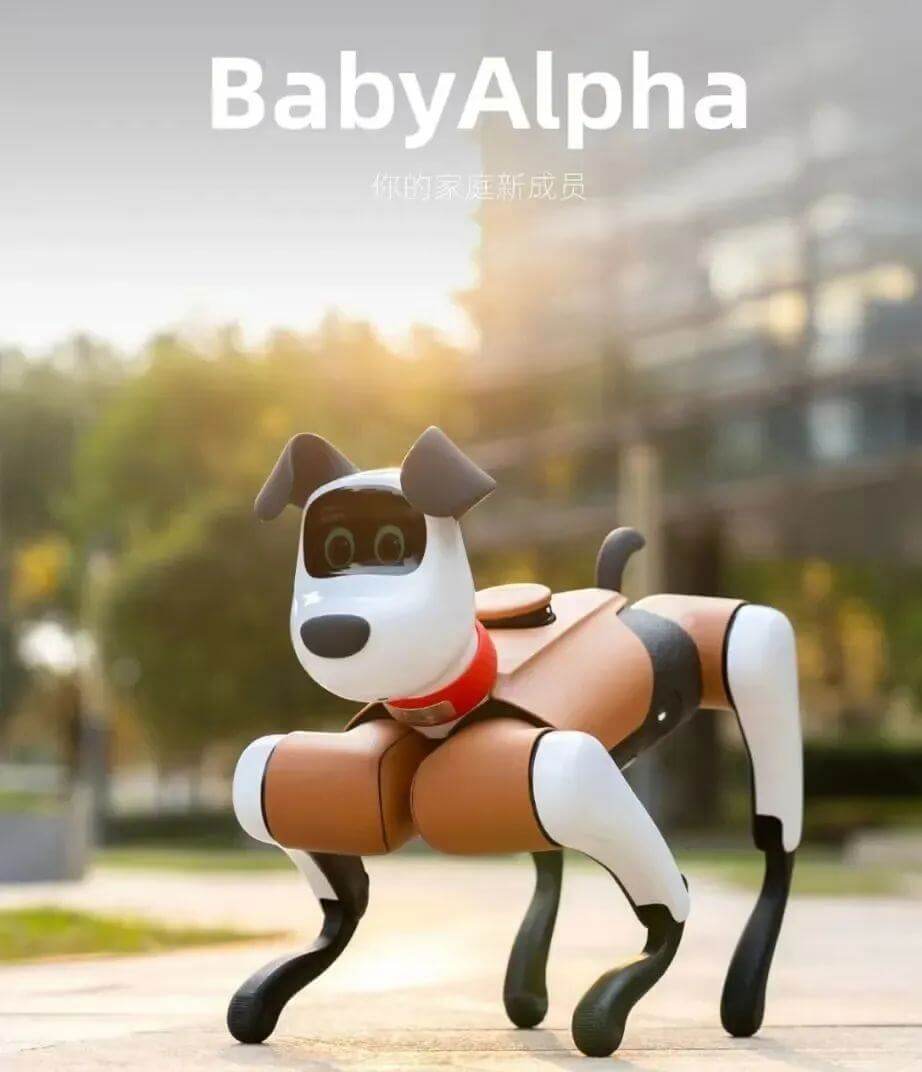
The AI pet market appears to be thriving, but upon closer inspection, there are several underlying pain points and challenges.
First, the maturity of the technology is still a work in progress. Current AI pets still struggle with accuracy in voice recognition, especially in noisy environments, often resulting in misjudgments or failures to recognize commands. The flexibility and naturalness of their movements also leave much to be desired, as they often appear mechanical and stiff, lacking the agility and liveliness of real pets.
Moreover, AI pets still face a bottleneck in emotional communication. While they can interact with humans through voice and movements, their emotional expressions and responses fall short of the richness and naturalness seen in real pets. This makes it difficult to fully meet the deeper emotional needs of companionship that humans seek.
Additionally, AI pets are high-tech products, meaning their maintenance costs are relatively high, and the technical skills required to repair them are advanced. If a malfunction occurs, ordinary users often lack the expertise to fix the issue themselves and must rely on professional technicians for repairs and maintenance. This means that after purchasing, users may still need to spend money on ongoing maintenance.
It’s clear that AI pets still have a long way to go before they can truly become "super cubs" offering companionship and assistance in human life.
The Companionship Economy: Between Virtual and Reality
Beyond AI pets, humans increasingly crave the companionship of plush toys.
In 2024, Jellycat has become a nationwide sensation, with long lines outside its stores and online sales constantly breaking records. Its best-selling products often sell out in an instant, and restocks can’t keep up with demand. Behind this craze is an emerging consumer trend—the rise of soft object dependency.
The demand for "furry" items has expanded from children to adults, who, like children with their pacifiers, seek moments of peace and comfort from soft objects in the midst of their busy and exhausting lives. This soft object dependency transcends age, representing a natural response to emotional soothing in today’s high-pressure society, as well as a deep desire for companionship and comfort.
Soft object dependency is not only the secret behind Jellycat’s success, but also a microcosm of the companionship economy flourishing in 2024.
In the virtual realm, AI pets have become a major focus. While Cupboo and Moflin may lack complete functionality, their cute, furry appearances and the initial emotional interaction systems they’ve built have successfully sparked a market frenzy. The hot pre-sale and ongoing out-of-stock situation are clear examples of this success. Initially questioned as "an IQ tax," these AI pets have since demonstrated remarkable growth and change in their interactions with their owners, showing the unlimited potential AI pets have in simulating emotional companionship.
In the physical realm, the market for plush toys has also performed impressively. Jellycat has been a year-long sensation, with its various plush toy designs becoming essential items in many young people's bedrooms and living rooms, even becoming a form of social currency, with many collecting different Jellycat series for fun. Pop Mart's plush products have also achieved strong success, gaining a foothold in the market with their rich variety of intellectual properties and exquisite craftsmanship.
Editor’s Note: This article is from the WeChat public account Hedgehog Society (ID: ciweigongshe), written by Yitong, edited by Yuanzhang, and reprinted with permission from Chuangyebang.
The rapid development of the companionship economy between the virtual and physical worlds has attracted the attention of many entrepreneurs, who have keenly captured this trend and view the companionship economy as the next big entrepreneurial opportunity.
Industry professionals generally believe that as technology advances and society evolves, people’s need for companionship will only grow stronger, and products and services that can provide this companionship will have a broad market outlook.
From the development of AI pets to the design of plush toys, from building online interaction platforms to opening offline experience stores, the industry chain of the companionship economy is continually expanding and improving.
Looking back at the rise of the companionship economy in 2024, it is undoubtedly a key year, with AI pets and plush toys weaving a diverse tapestry of emotional companionship, offering people both virtual and physical forms of support. While there are still technical challenges, quality concerns, and limitations in emotional depth, there’s no denying that businesses in this emerging field are continually exploring and evolving.
(Note: All interviewees in this article are pseudonyms.)





